But where should someone new to Daggerheart start?
For this guide, well be looking at how to create a character using from start to finish.
Heres everything you should probably know to create wondrous and unique characters in Daggerheart.
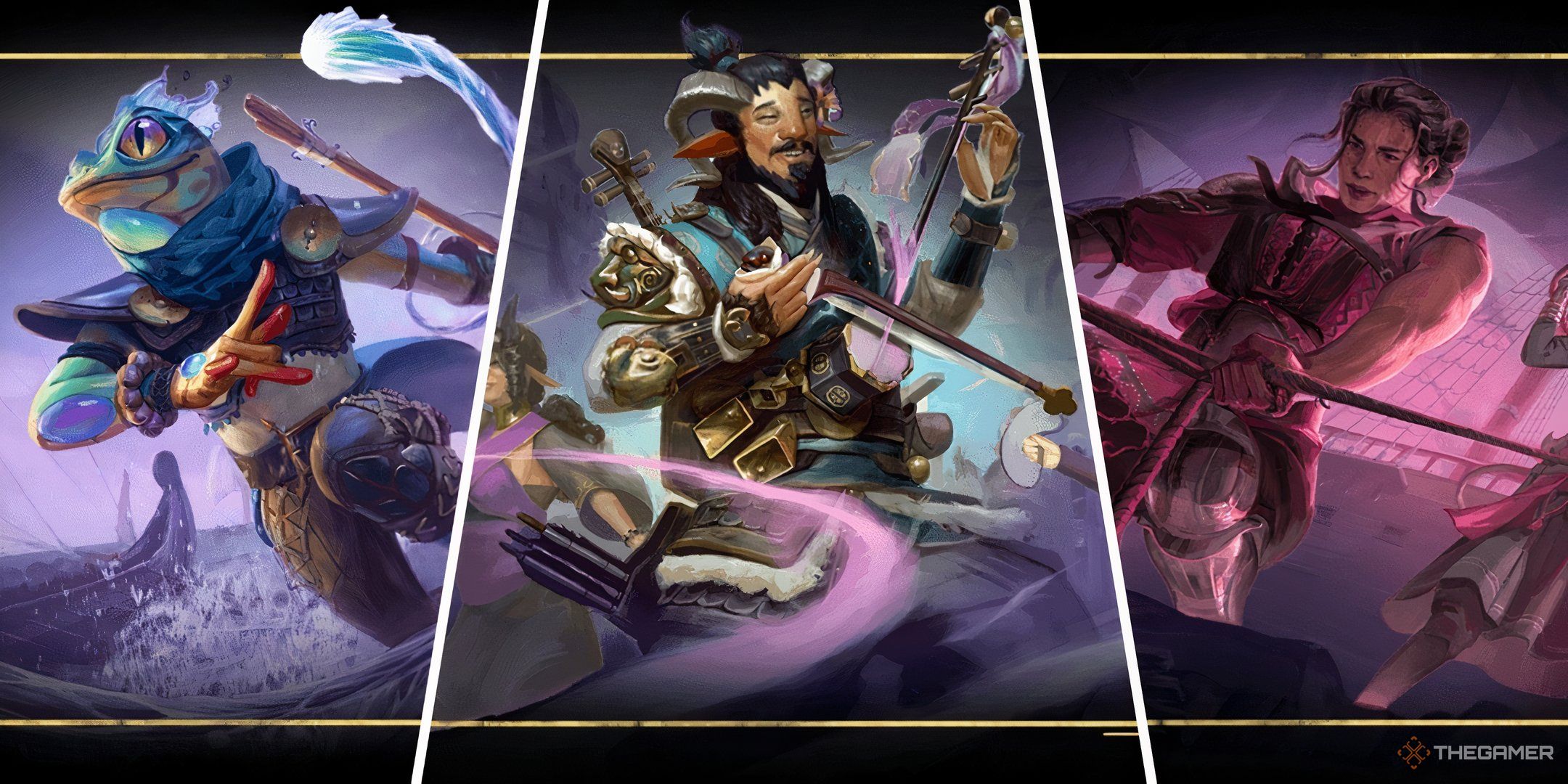
Daggerheart is currently in open beta.
Some elements of this guide may be updated at a later time to reflect changes upon release.
For the open beta, there are several familiar and new classes to choose from.

Adventurers by Geoffrey Ernault
Onceyouve selected a class, you cantake the corresponding character sheetandcharacter guideassociated with your class.
These sheets are whereyoull fill in important character information, as well asfindyour class feature and other abilities.
Youll also want tochoose a subclass.
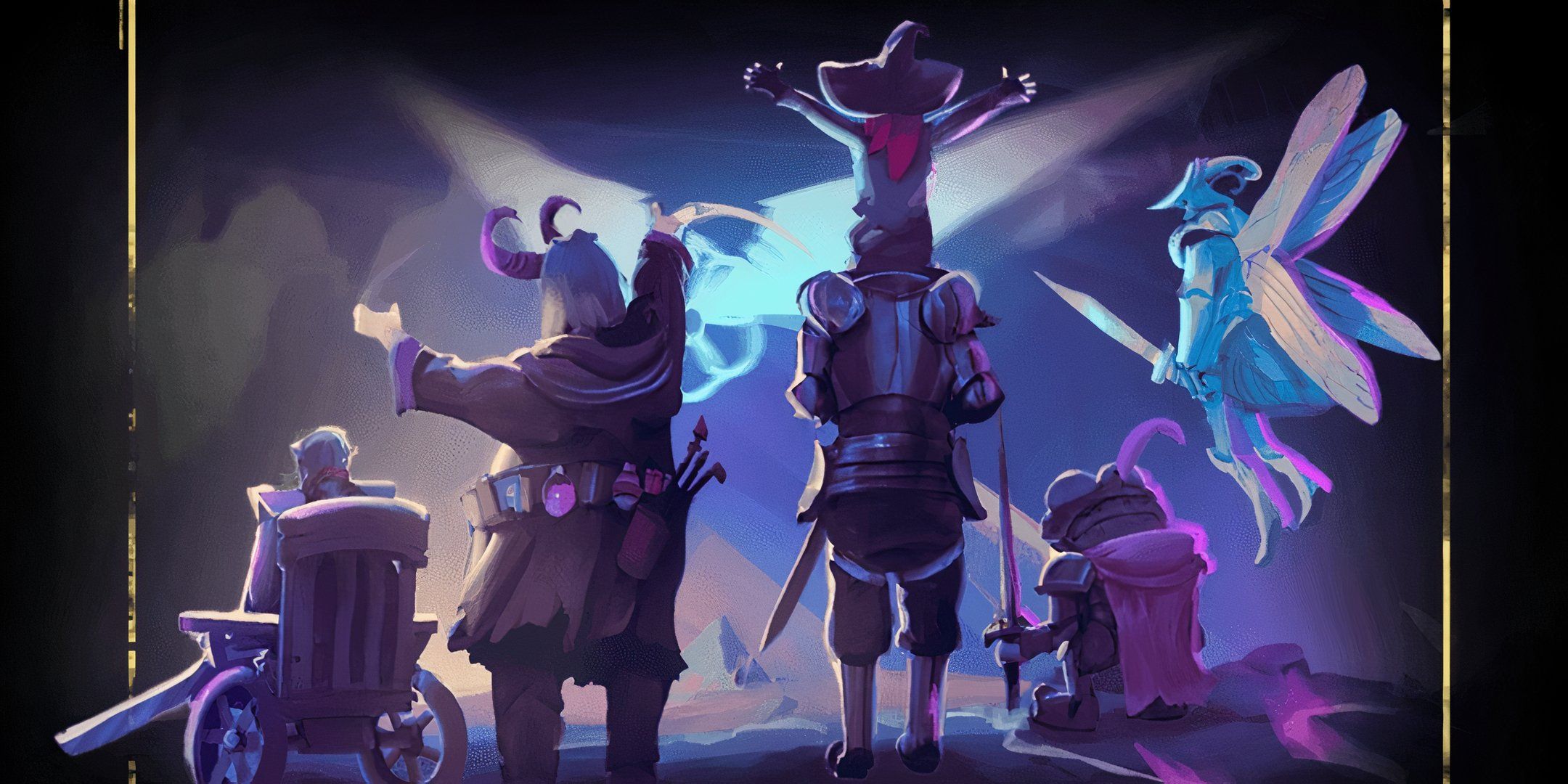
Adventurers by Geoffrey Ernault
Each class has two options.
Class
Subclass Options
Bard
Wordsmith,for bards that are clever and silver-tongued.
Troubador, for bards that focus primarily on music-based magic.
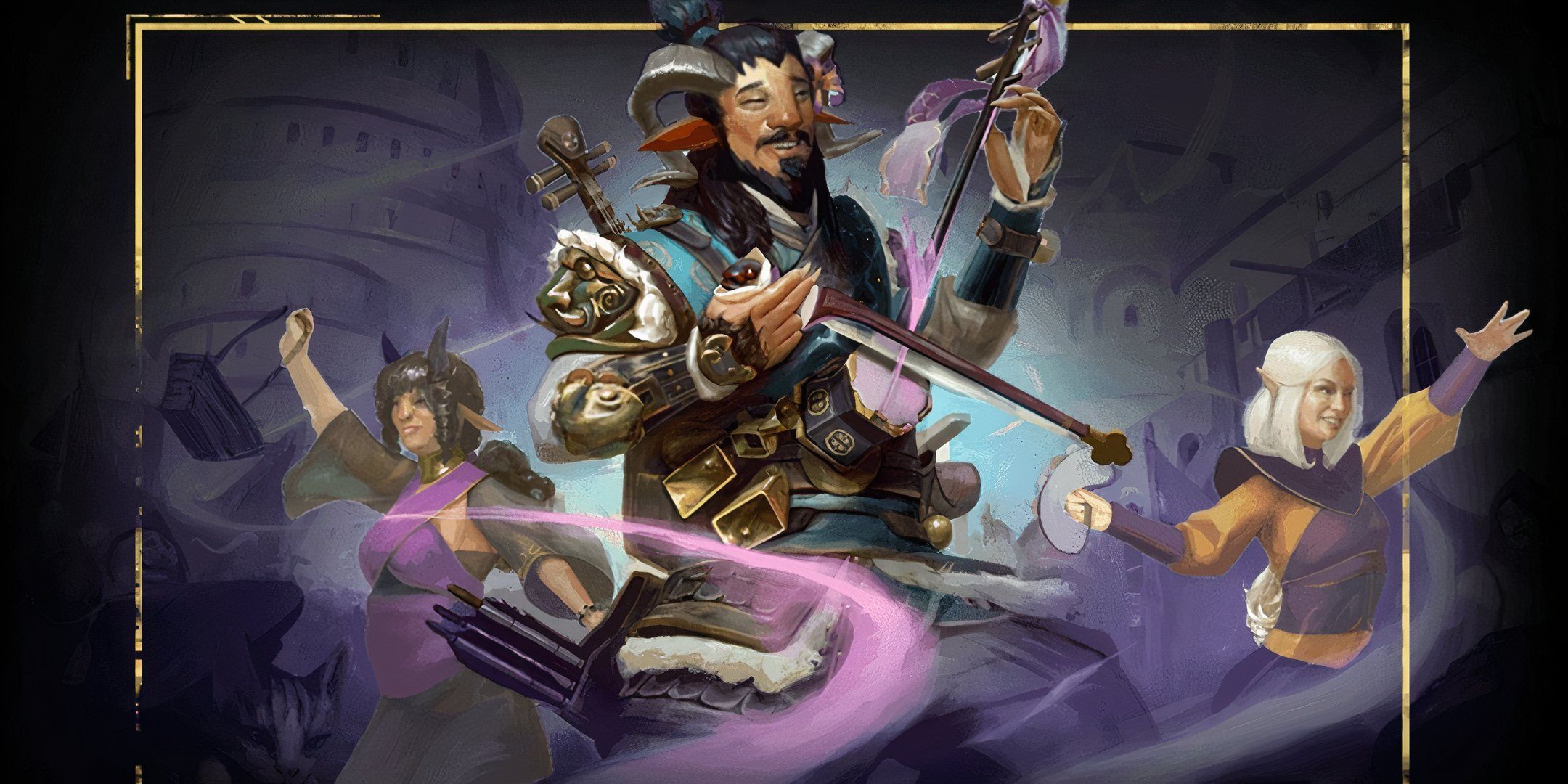
A Firbolg Bard by Bear Frymire
Druid
Warden of the Elements,for druids that encapsulate many different forms of nature.
Warden of Renewal,for druids that want to magically heal their friends and allies.
Guardian
The Stalwart, for guardians focused on tanking and taking lots of damage.
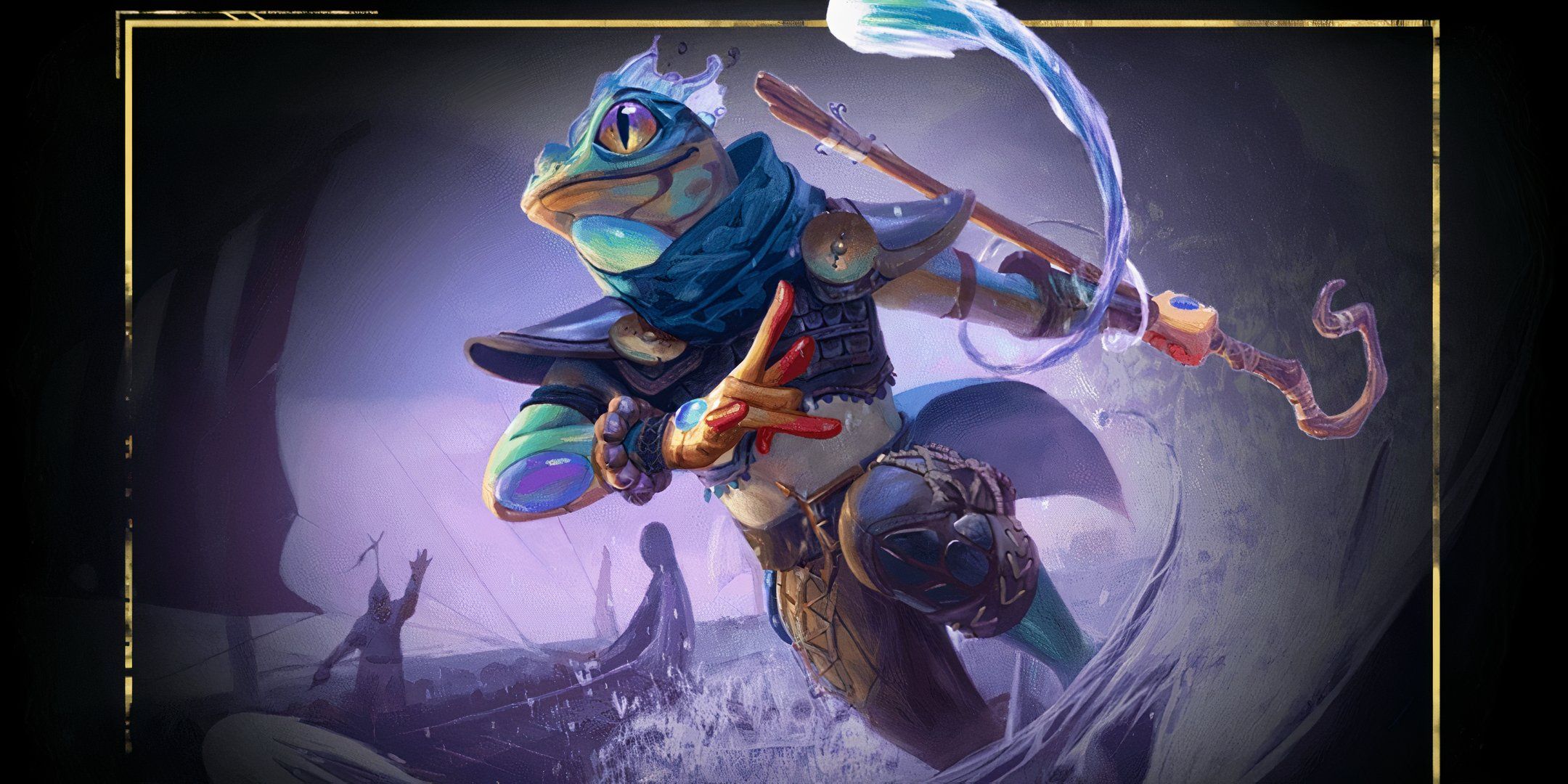
A Ribbet Warrior by Bear Frymire
The Vengeance, for guardians that want to seek revenge on enemies.
Ranger
The Wayfinder, for rangers who are expert hunters and trackers.
The Beastbound, for rangers that wish to form meaningful connections with an animal companion.
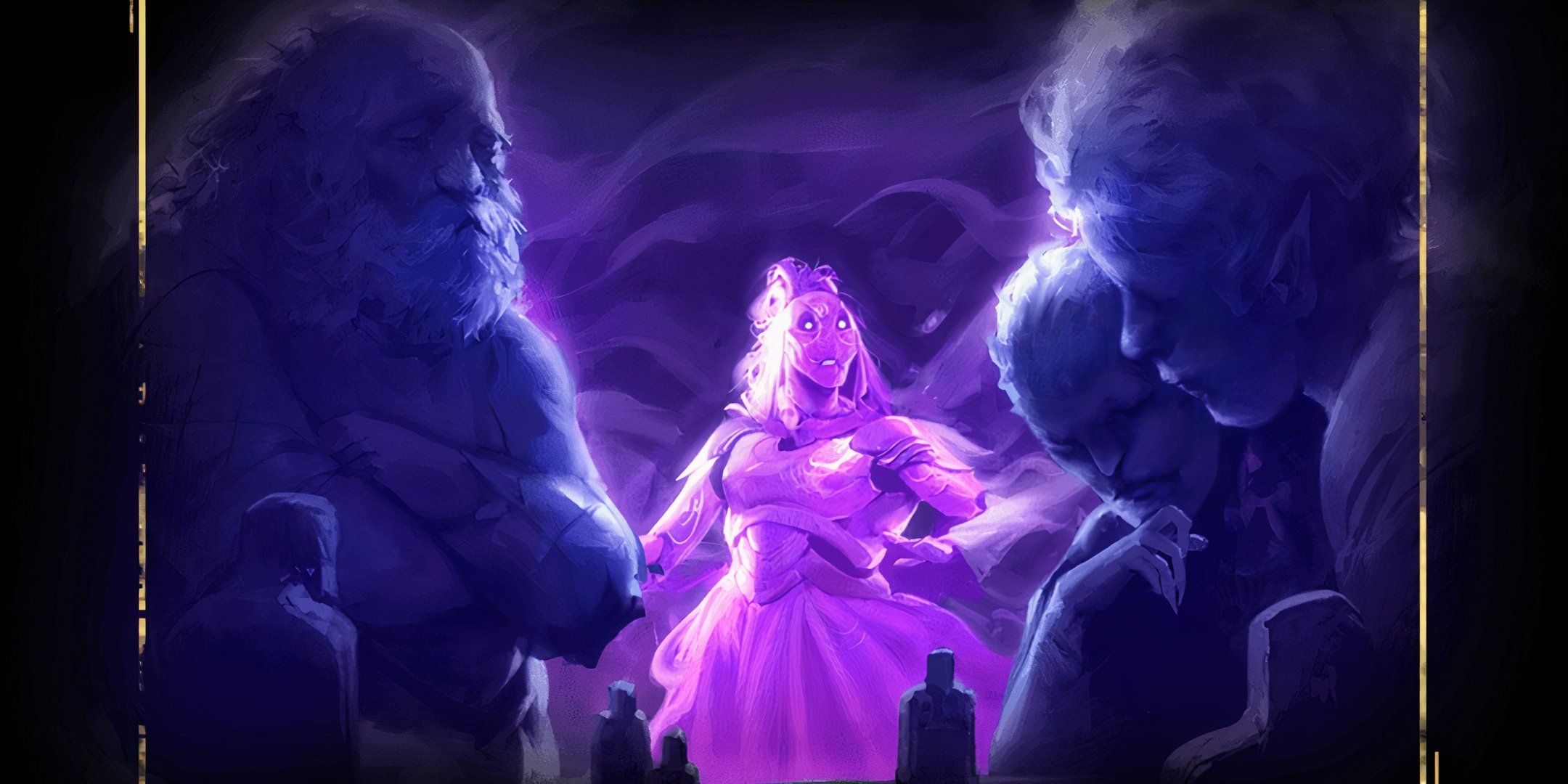
A Clank Spectre by Anthony Jones
Seraph
The Winged Sentinel, for seraphs that take to the skies and attack aerially.
The Divine Wielder, for seraphs that wield legendary blades or other weapons.
Rogue
The Nightwalker,for rogues interested in lurking magically in the shadows.
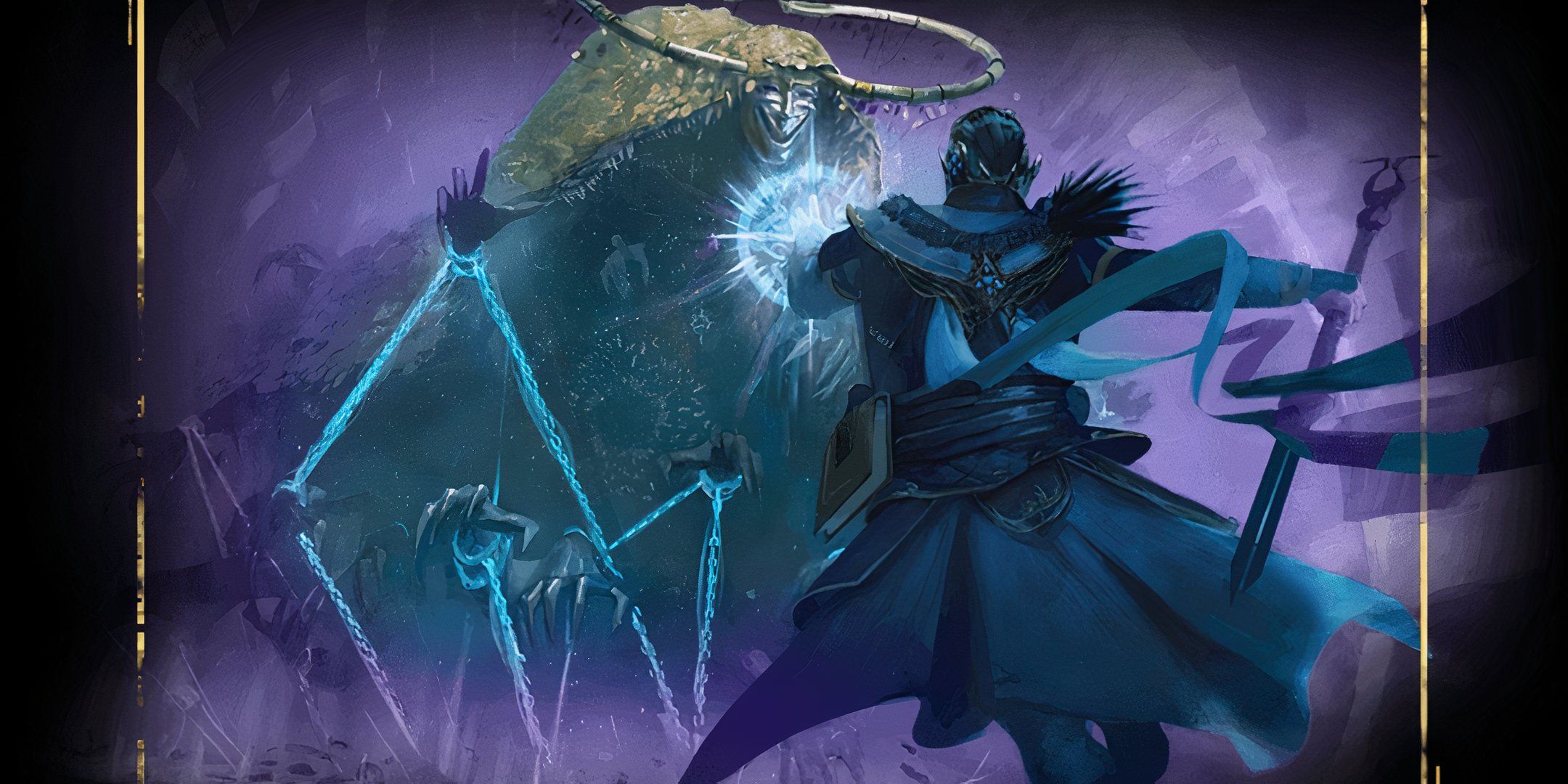
An Encounter by Bear Frymire
The Syndicate, for rogues allied with useful connections and factions.
Sorcerer
The Primal Origin, for sorcerers who are highly versatile and especially powerful.
The Elemental Origin, for sorcerers who serve as conduits for elemental magic.
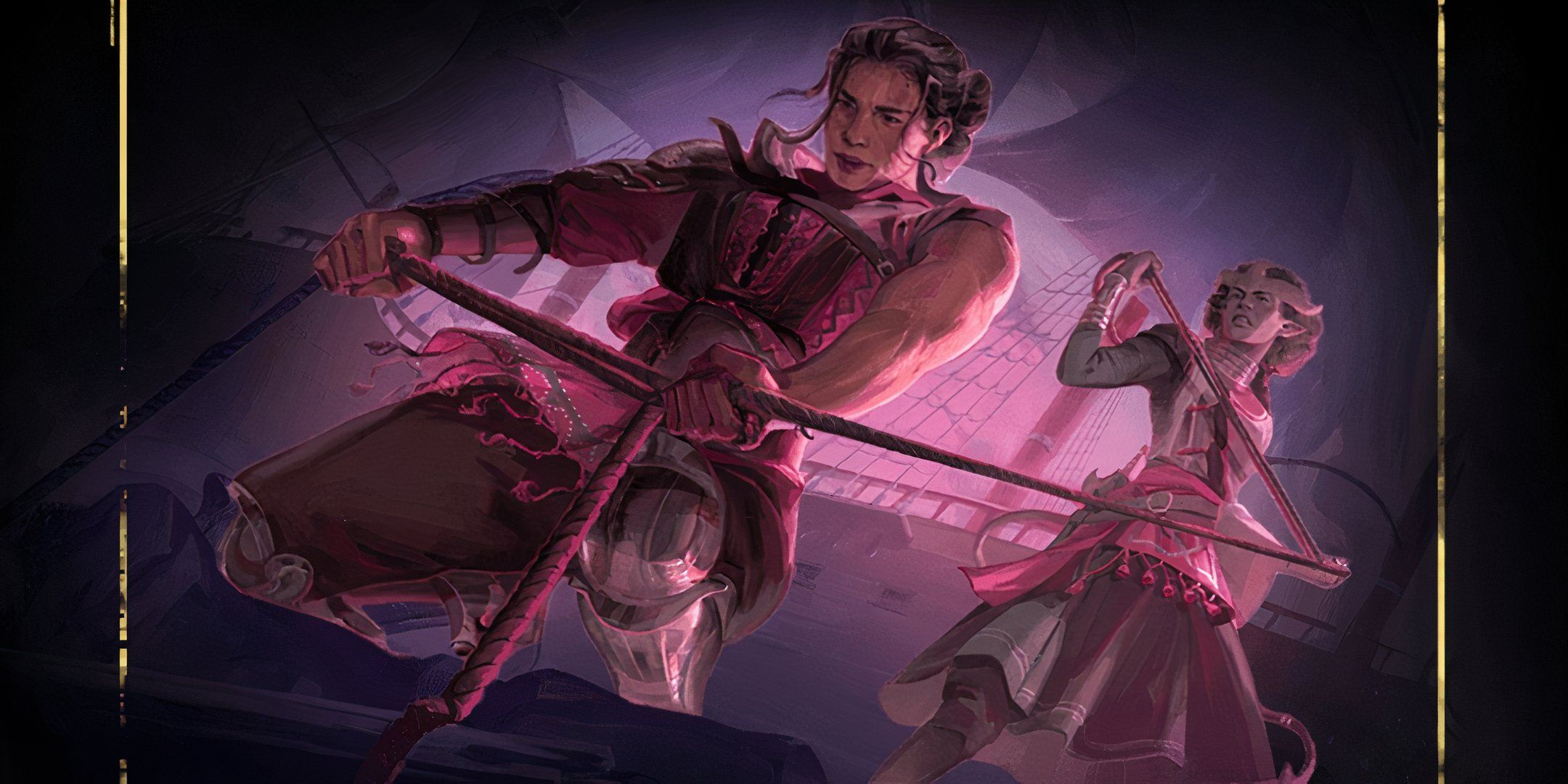
Sailor Adventurers by Eliot Baum
Warrior
The Call of the Slayer, for warriors who mow down enemies in droves.
The Call of the Brave, for warriors that wish to wield the power of their enemies.
Wizard
The School of Knowledge, for wizards that have a versatile knowledge of the vast world.
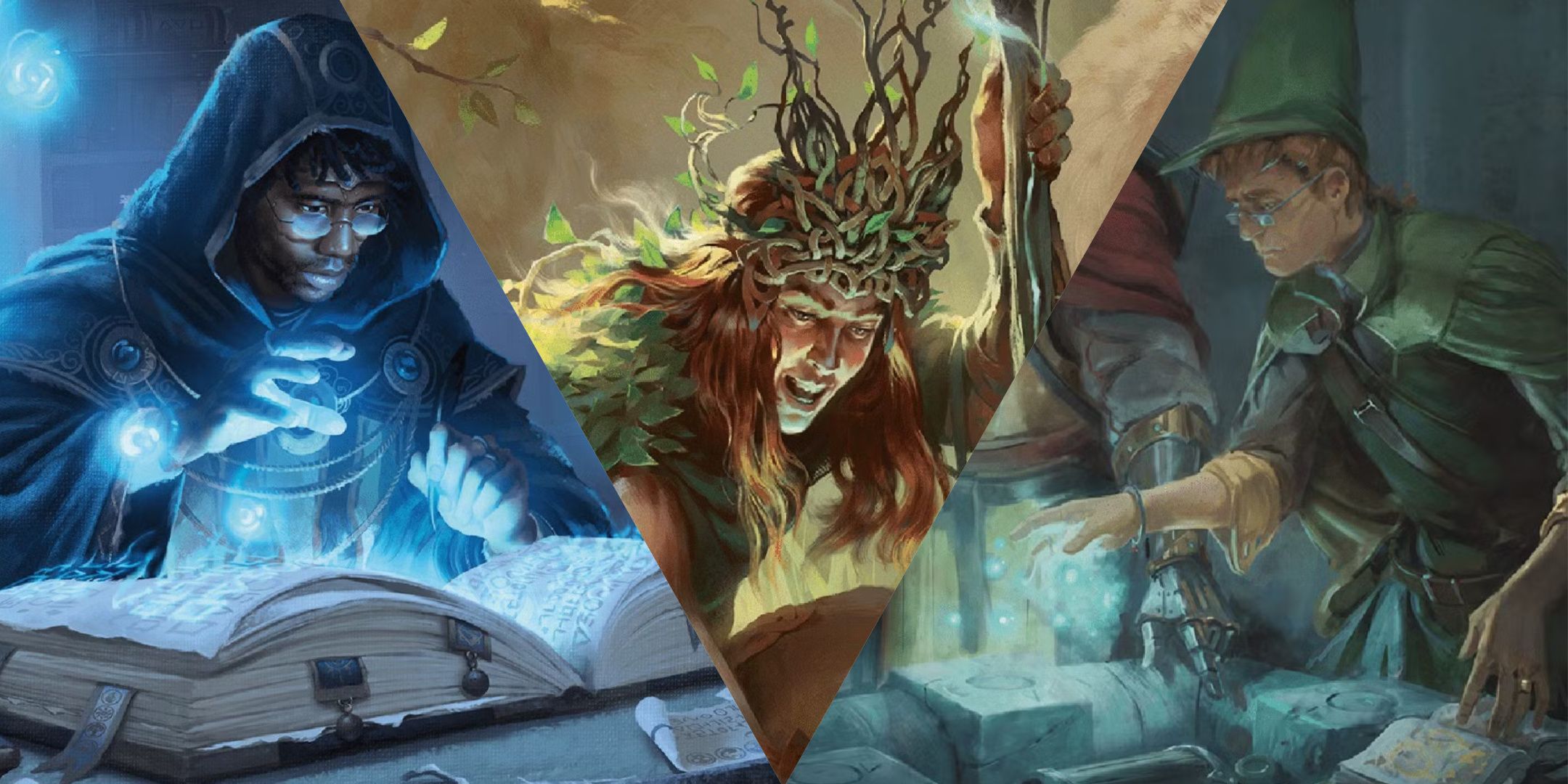
The School of War, for wizards with a penchant for violence.
Choosing A Heritage
Heritage is similar tospecies in Dungeons & Dragons.
However, in Daggerheart,heritage hastwo separate functions.

These are calledAncestry and Community.
Each character guide has a suggested way todistributestat modifiersto your character.
These stat modifiershelp to determinewhatcharacter is good or bad at.

When creating a new character, you canfreely distribute the below trait modifiersto each of these skills.
Here’s a quick breakdown of these abilities.
Whenenemies make attacksagainst your character,they roll against your evasion to see if the attack hits.
As yougain Hope, you canuse itto cast spells and use other abilities.
Fear is a currency that the GM trackson their end.
Choose Starting Equipment
Daggerheart features a decentamount of starting equipmentfrom which you’re able to choose.
Formagic weapons, youneedto have the Spellcast ability.
Heres an overview of the throw in of starting equipment youll choose.
Each character guide offerssome starting questionsto ask of your characterto help determine their background.
Here are some sample background questions.
These questions are just jumping off points, but by no means should they limit your personal creativity.
Experiences
From there, you’re able to work with your GMtocraft two starting Experiences.
An experience can be eithera word or a short phrasethathelps grant insight into yourcharacter or party’s backstory.
Think of these as beingsimilar to the skill proficienciesyou gainwhenyou choose a background in Dungeons & Dragons.
For example, the domain known as Codex is shared by bards and wizards.These are the domainsand theircorresponding classes.
When creating a new character, you mayselect two level one domain cards.
you could take one from each deck or two from the same.
Each time you gain a level, it’s possible for you to choose additional domain cards.
Connections arerepresentations of your relationships and dynamicswith the rest of your party.
Each character guide offers starting connection questions that you’re free to ask of your fellow players.
Its also perfectlyokaynot to have fully formed dynamics fleshed outat the get-go.
What is homebrew, and how do you do it?